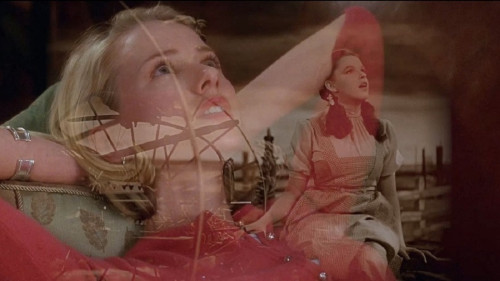Volume 15, Issue 6 / June 2011
Independent Cinema
In this issue
In this issue Offscreen concentrates on cinema that can truly be called independent. Independent cinema can mean many things: films that are made outside of major studio support; films that are made with a small budget and lesser technological resources; films that are a closer reflection of the director’s intentions (i.e. more personal, less ‘strings attached’). It was once easy to define and spot an independent film: any film made outside of the Hollywood Studio system. The old system may be dead but in its place are larger conglomerations with their assets spread across the media landscape, with diversification the magic investment word. But since these new players (Sony, Warner Bros, Disney, MGM, etc.) sniffed the potential of the indie/arthouse product and created their own in-house independent arm (there’s diversification again) it has become harder to tell an indie apart from a studio film. These days ‘indie cinema’ is a growing niche market established by major studios who open subsidiary companies to take advantage of the more youthful, patient and at times sophisticated viewer (Miramax, DreamWorks, HBO Films, etc.). The difference between these indie films and those that are truly made beyond any corporate arm is that they have an easier route to securing theatrical distribution, with some of these “Indiewood” films having a larger marketing budget than the total budget of most further removed indie films. The films that are the subject of this issue’s theme (the first four articles) are well and truly independent. There can be no confusion at all for a film such as Colin, in which the goal of its director Marc Price was to make a film with a budget of zero dollars (Price is interviewed here by James Rose)! Or the $12,000 budgeted Canadian zombie film Yesterday; or the locally made crime comedy Death in Ventnor (you get the picture). The fourth related piece is a review of another Canadian socially-themed horror film, The Descendant, which had the benefit of some government money in the early script/development stages but is as independent as it gets. The final essay is by David Hanley on the British New Wave, its antecedents and legacy. Although most of these classic films were made with government backing or with studio backing so wouldn’t qualify as “independent,” they also have the sense of personal commitment and social engagement that one normally associates with the more free-spirited nature of independent cinema. (Donato Totaro, ed.)














